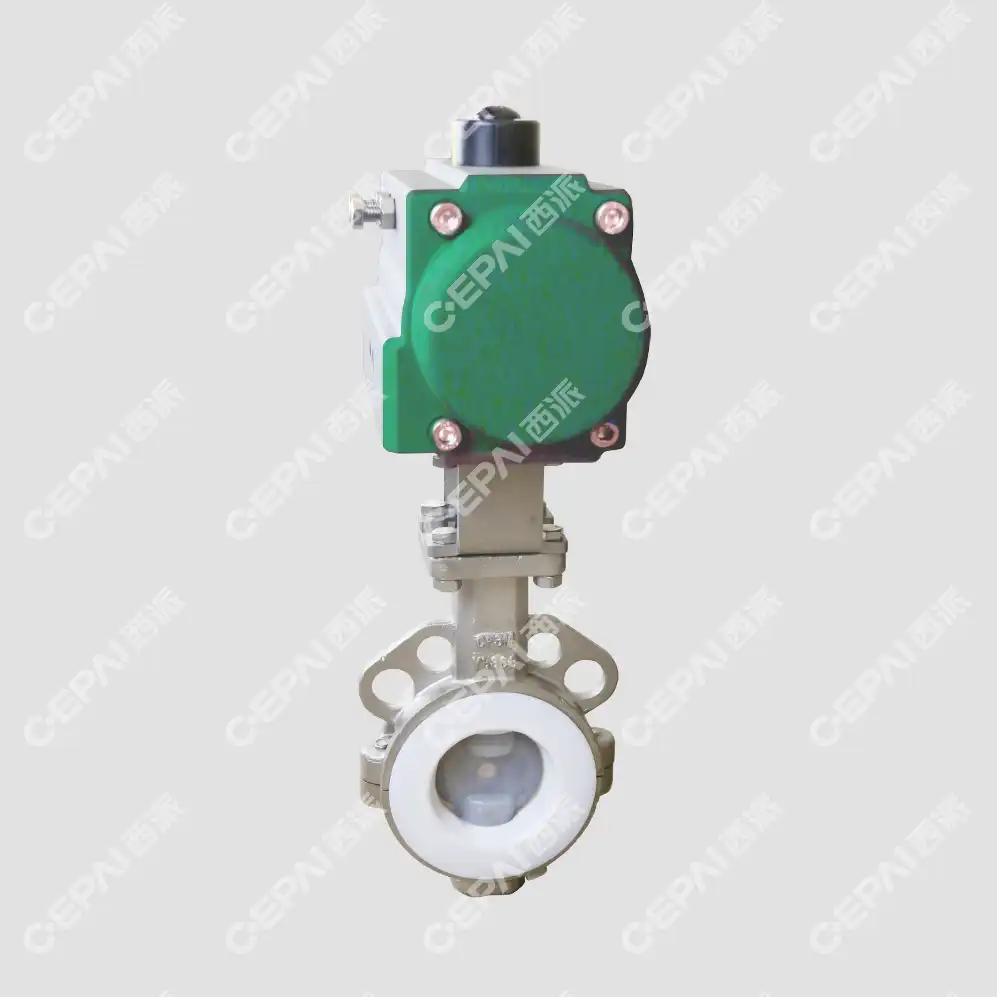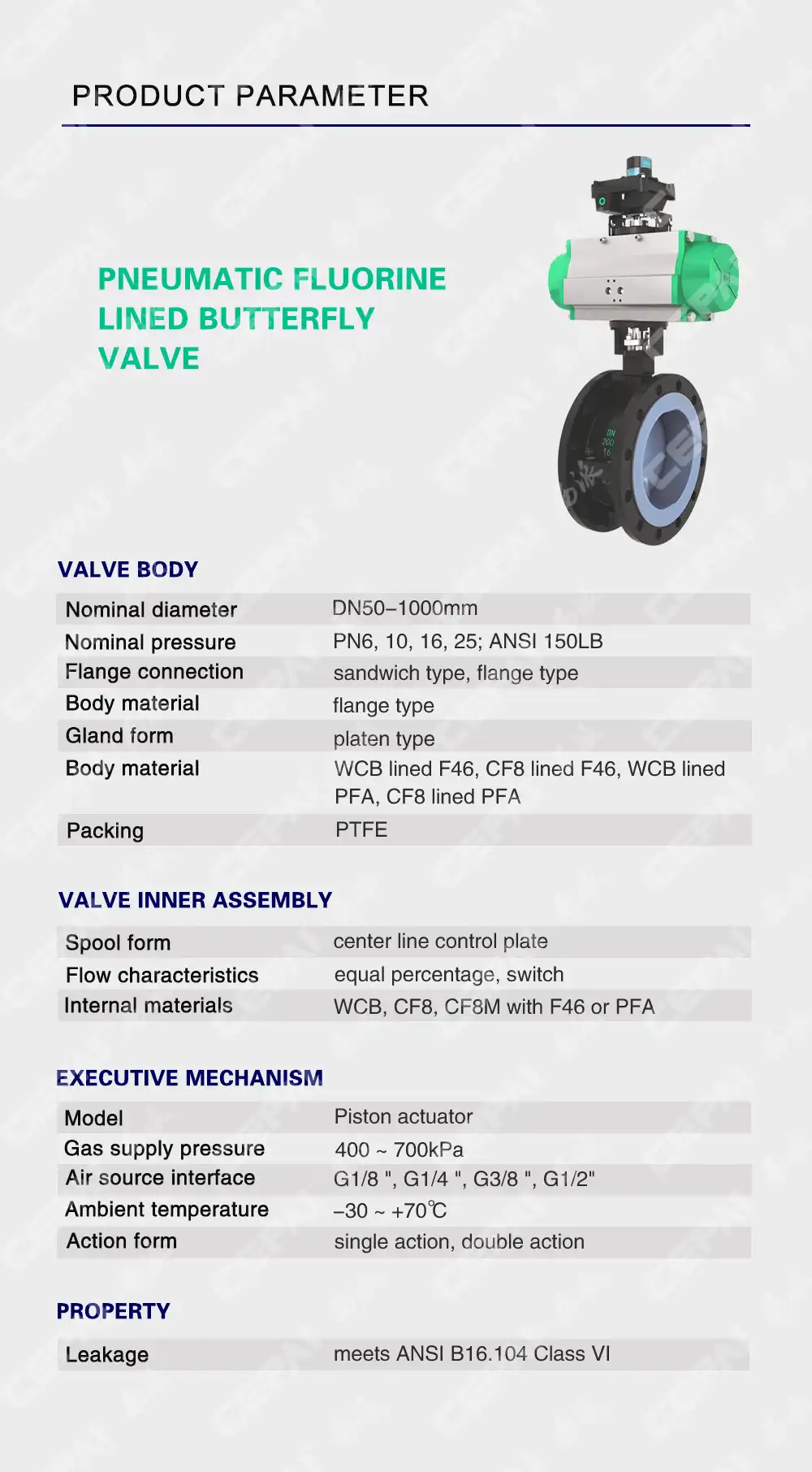Market Trends and Innovations Shaping the Butterfly Valve Industry
Advancements in Materials and Coatings
The butterfly valve industry is witnessing a surge in material innovations, enhancing the durability and performance of these critical components. Manufacturers are increasingly adopting advanced materials such as high-performance polymers and composites, which offer superior resistance to corrosion and abrasion. These materials not only extend the lifespan of butterfly valves but also improve their efficiency in handling aggressive media.
Moreover, the development of specialized coatings has revolutionized the protection of valve surfaces. Nano-ceramic coatings, for instance, provide exceptional wear resistance and can significantly reduce friction, leading to improved flow characteristics and reduced energy consumption. These advancements are particularly valuable in industries dealing with harsh chemicals or abrasive slurries.
Integration of Smart Technologies
The integration of smart technologies is transforming the butterfly valve landscape, ushering in an era of intelligent flow control. Manufacturers are incorporating sensors, actuators, and communication modules into valve assemblies, enabling real-time monitoring and control. These smart butterfly valves can provide valuable data on flow rates, pressure, and valve position, allowing for predictive maintenance and optimized process control.
Furthermore, the adoption of Industrial Internet of Things (IIoT) platforms is facilitating seamless integration of butterfly valves into broader industrial automation systems. This connectivity enables remote monitoring and control, reducing the need for manual intervention and improving overall system efficiency. As industries move towards digital transformation, the demand for these intelligent valve solutions is expected to surge.
Customization and Modular Designs
The market is seeing a growing trend towards customization and modular designs in butterfly valves. Manufacturers are offering tailor-made solutions to meet specific industry requirements, such as high-temperature applications in power plants or hygienic designs for food and beverage processing. This customization extends to materials, sealing technologies, and actuation methods.
Modular designs are gaining popularity as they offer flexibility in configuration and ease of maintenance. These designs allow for quick replacement of components, reducing downtime and maintenance costs. Additionally, modular butterfly valves can be easily upgraded or modified to adapt to changing process requirements, providing a cost-effective solution for industries with evolving needs.
Key Application Sectors Driving Demand for Butterfly Valves
Water and Wastewater Treatment
The water and wastewater treatment sector is emerging as a major driver for butterfly valve demand. With increasing global focus on water conservation and stringent regulations on water quality, investments in treatment facilities are on the rise. Butterfly valves play a crucial role in these systems, controlling the flow of water and chemicals throughout the treatment process.
In desalination plants, large-diameter butterfly valves are essential for managing seawater intake and brine discharge. The corrosion-resistant properties of modern butterfly valves make them ideal for these challenging environments. Additionally, the precise control offered by these valves is critical in maintaining optimal chemical dosing in water treatment processes, ensuring water quality and operational efficiency.
Oil and Gas Industry
The oil and gas industry continues to be a significant consumer of butterfly valves, with applications spanning from upstream exploration to downstream refining processes. In offshore platforms, butterfly valves are crucial for controlling the flow of oil, gas, and water in various subsystems. The industry's push towards deeper waters and more challenging environments is driving demand for high-performance, reliable valve solutions.
In refineries and petrochemical plants, butterfly valves are employed in numerous applications, including product isolation, tank farm operations, and process control. The trend towards automation in these facilities is boosting the adoption of pneumatically and electrically actuated butterfly valves, enhancing operational safety and efficiency.

Power Generation Sector
The power generation sector, including both conventional and renewable energy sources, represents a growing market for butterfly valves. In thermal power plants, these valves are used in cooling water systems, boiler feedwater lines, and steam distribution networks. The increasing focus on plant efficiency and emissions reduction is driving the adoption of advanced butterfly valve designs that offer improved sealing and flow characteristics.
Renewable energy sources, particularly hydroelectric and geothermal power plants, also rely heavily on butterfly valves for flow control. In hydropower applications, large-diameter butterfly valves are essential for managing water flow in penstocks and tailrace tunnels. The expansion of renewable energy infrastructure worldwide is expected to create significant opportunities for butterfly valve manufacturers in the coming years.
Regional Market Dynamics and Growth Opportunities
Asia-Pacific: The Epicenter of Growth
The Asia-Pacific region is poised to be the fastest-growing market for butterfly valves during the 2025-2030 period. Rapid industrialization in countries like China and India, coupled with massive infrastructure development projects, is driving demand across various sectors. The region's booming manufacturing sector, particularly in automotive and electronics, is creating substantial opportunities for butterfly valve applications in process control and utility systems.
Moreover, government initiatives aimed at improving water infrastructure and wastewater treatment facilities in developing countries are expected to fuel market growth. The expansion of smart city projects across the region is also likely to boost demand for advanced, IoT-enabled butterfly valve solutions.
North America: Focus on Modernization and Efficiency
In North America, the butterfly valve market is characterized by a strong focus on modernization and efficiency improvements in existing industrial infrastructure. The replacement of aging pipeline networks and the upgrading of water treatment facilities are key drivers for market growth. The region's oil and gas industry, particularly in the United States, continues to be a significant consumer of high-performance butterfly valves.
The trend towards industrial automation and the adoption of smart manufacturing practices is expected to drive demand for intelligent valve solutions. Additionally, stringent environmental regulations are prompting industries to invest in more efficient flow control technologies, benefiting the butterfly valve market.
Europe: Sustainability and Innovation at the Forefront
The European market for butterfly valves is being shaped by a strong emphasis on sustainability and technological innovation. The region's push towards renewable energy sources and circular economy principles is creating new opportunities for valve manufacturers. In particular, the growth of offshore wind farms and the expansion of district heating networks are driving demand for specialized butterfly valve solutions.
European industries are also at the forefront of adopting digital technologies in industrial processes. This trend is expected to boost the market for smart butterfly valves that offer advanced diagnostics and predictive maintenance capabilities. Furthermore, the region's strict regulations on emissions and energy efficiency are encouraging industries to invest in high-performance valve technologies.
Conclusion
The global butterfly valve market is set for robust growth from 2025 to 2030, driven by technological advancements, expanding industrial applications, and increasing focus on efficiency and sustainability. As industries worldwide continue to evolve and modernize, the demand for sophisticated flow control solutions will only intensify. Manufacturers who can offer innovative, customized, and smart butterfly valve solutions are well-positioned to capitalize on these emerging opportunities and contribute to the industry's dynamic growth trajectory.
Contact Us
Ready to optimize your flow control systems with cutting-edge butterfly valve solutions? CEPAI Group offers a comprehensive range of high-performance valves tailored to your specific industry needs. Our innovative designs, coupled with superior materials and smart technologies, ensure unparalleled efficiency and reliability. Contact us at cepai@cepai.com to discover how our expert team can enhance your operations and drive your business forward.


_1746598531170.webp)



